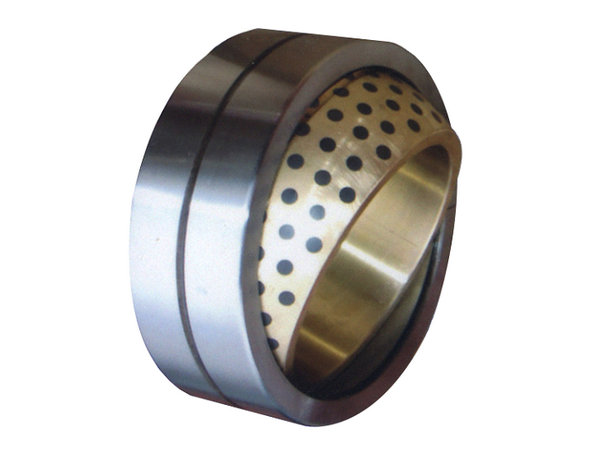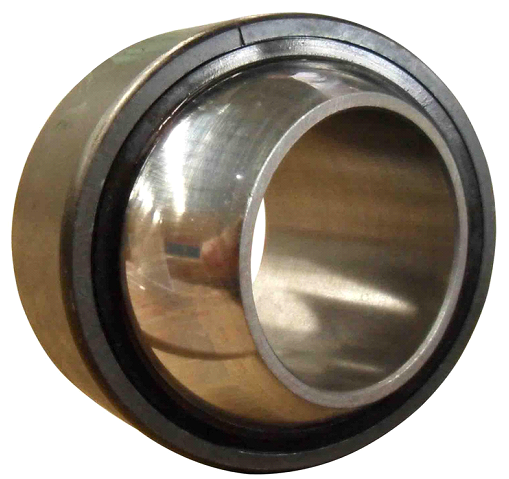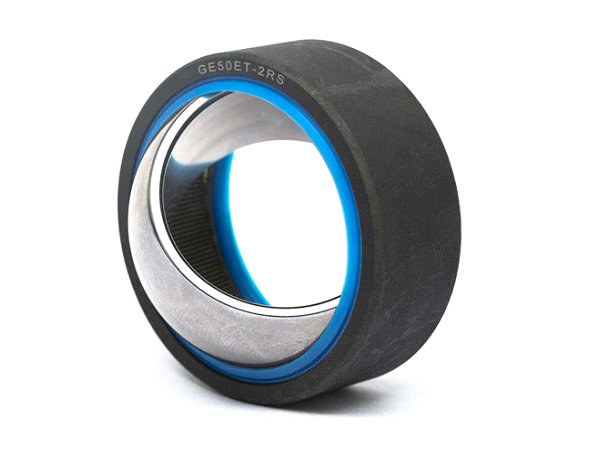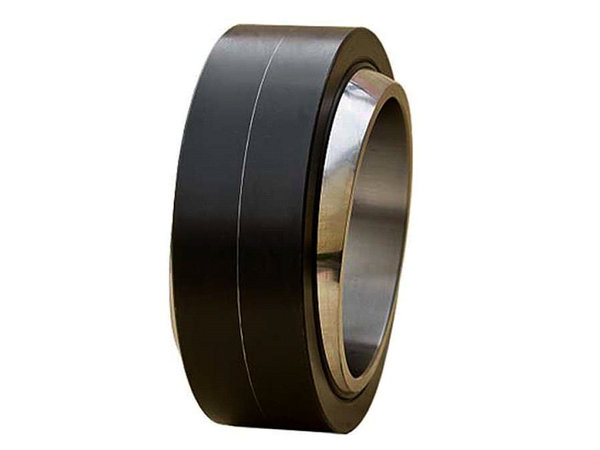Quality of GCr15 Steel Bearing Ring
2016-12-06
First, the bearing ring quenching common defects in the expansion process
Bearing oil parts widely used as a quenching medium, the main reason GCr15 steel sleeve is the oil in the cooling process of the third stage (convection period) cooling rate is particularly slow. In the conventional production, the mechanical oil No. 10 and No. 20 were used at a temperature of 650 to 500 ° C and a temperature of 20 to 50 ° C / s. The convective phase starts at about 300 ° C and lasts until room temperature, coinciding with the cooling rate required for martensitic transformation of the bearing steel, resulting in a significant reduction in the deformation and cracking tendency of the bearing parts during the quenching process. But in the mode of operation is to use manual hoist will be hoisted into the oil ring, ring in the oil in the upper and lower movement frequency and amplitude manually controlled by the operator, which is difficult to meet the technological requirements, that ring in the oil channeling Moving time of not less than 3s / mm. 1) Hardness uniformity is poor: the same group of ferrite hardness dispersion degree HRC> 2, the same ring hardness uniform HRC> 1 or 2.2) The surface of the soft surface of the ring appears soft Point or local soft spot. 3) for the effective wall thickness> 7mm of the ferrule, micro-45 steel sleeve organizations in the net troostite.
The quality of heat treatment in 1998, due to poor cooling required to repair the number of furnace quenching tin bronze bushing fire repair rate of 51.5%, rings in the cooling process defects, resulting in bearing hardness, strength reduction, wear resistance and resistance Fatigue performance decreased.
The following problems have been encountered in the cooling of the ferrule.
1. Without changing the cooling mode, the quenching temperature of the ferrule is increased (the upper limit temperature is selected) to increase the stability of the undercooled austenite in the steel, thereby reducing the critical cooling rate of the GCr15 steel. However, with the heating temperature, the steel in the secondary carbide dissolved too much, resulting in austenite grain grows larger, and hinder the martensite growth weakened the role of a small difference in the same ring hardness , The largest difference between HRC2, quenching, tempering, there are still a small amount of local small trochanteric existence; also began to have small needle-like martensite appears in 500 times the microscope can see the obvious needle Like martensite (superheated tissue). Quenching deformation of the sharp increase in diameter deviation from the average deviation of less than 10% to 20% or more, the mechanical properties of parts is relatively poor.
2. Use rapid quenching oil with a faster cooling rate. As the objective conditions, in the production, the oil tank inevitably enter a small amount of water, will make the oil in the process of gradual emulsification, performance changes, loss of good cooling effect, leaving the quenching quality can not achieve the desired results.
Second, the research and application of heat treatment process of bearing rings
The cooling capacity and hardening ability of quenching medium are the important factors that affect the heat treatment quality of bearing rings. Obviously this is related to the metallurgy of the workpiece, the shape of the C curve during cooling, and cooling conditions. The cooling ability of the quenching medium, can make the workpiece hardened or hardened after a higher hardness. In practice, the key to ensuring hardening is that the cooling rate at the nose of the C curve is large enough, but the cooling rate is relatively small at martensite transformation. The application of the new process is adapted to this feature. By changing the relative movement speed of workpiece and quenching oil, the ability of cooling and hardening of quenching medium can be changed to meet the requirement of different cooling rate of the workpiece in different temperature, so as to obtain the ideal quenching quality.
1. Cooling strength test analysis
Through several tests and analysis shows that the use of new technology to change the cooling method, can increase the cooling strength of oil, thereby improving the quality of heat treatment. The cooling intensity H is a parameter reflecting the cooling capacity of the medium, H = αλ / 2 (α is the interfacial heat transfer coefficient; λ is the thermal conductivity of the steel). The H value of the stationary water was 0.1. The greater the H value, the stronger the cooling capacity of the medium. In the test according to the quenching medium in different stirring conditions, the cooling strength changes in Table 1, using a strong way of quenching oil quenching, H value of 0.7, under normal circumstances, oil quenching H value of 0.3.
2. Organization, hardness test analysis
During the test, the product model of the ring is 314/01, the quenching temperature is 840.40 ℃, the coolant is the mechanical oil of No.10, the ring is quenched under the static and motion cooling conditions. Through several tests, Microstructure of the troostite level changes in the ring in the stationary and channeling cooling conditions, the organization of the difference in the amount of troostite body of about 5 to 10 times in the channeling cooling conditions, the same ring of the hardness difference was reduced to 0.5 .
3. Application of new technology and improvement of equipment
The new technology is to change the production facilities by changing the quenching oil water jacket cooling into circulation cooling, with a large flow pump to cool the oil from the bottom of the quenching tank injection, the first in the funnel below the formation of circulation, even rise, and then through the formation of two orifice Uniform undercurrent oil column up the jet, in the oil bath surface was boiling. And by changing the output flow pump to change the relative velocity of the ring and the oil to meet the workpiece in the process of forming the different requirements of the cooling rate, while the upper layer of oil in time to take away, making the oil tank, Temperature basic equilibrium. Oil cooling filter system not only allows the oil to be fully cooled, and the oil can be a very good purification. The new technology to meet the GCr15 steel high temperature requirements of the cooling rate of high requirements to ensure that the quenching hardness and hardening uniformity, but also to meet the workpiece at a lower temperature of austenitized grain smaller and carbon, chromium Lower critical austenitic quenching speed required to refine the martensite matrix, to avoid quenching cracks, the hardness of the bearing ring quenching hardness control in the HRC64 ~ 65.5, quenching the microstructure 2 to 3. To 2 for more than diameter ¢ 100mm over the ring after quenching the diameter of the variable rate of ultra-poor rate dropped to about 7%, the workpiece after quenching the surface brightness increased, the quality of all qualified to reduce the waste and rework loss.
The improvement of the production facility is to overflow the oil in the upper part of the quench tank to the filter unit and into a group of overhead brass coolers (placed in a clean recirculation tank) and then pump the cooled oil And then pumped into the bottom of the quenching oil tank, the middle two-hole diameter ¢ 5mm, hole pitch 20mm × 20mm porous plate, two-hole plate staggered to ensure uniform cooling oil rise.
Hunan Jintai Hardware and Machinery Co.,Ltd. is a professional manufacturer on various kind of bearings over 15 years China factory.
We are making all kinds of slide bearings including DU PTFE composit bushing, DX POM composite bushing,bimetal bushing,wrapped bronze bushing, cast sliding bushings and wear plate bearing pad, sintered bronze bushing and sintering parts, ball transfer bearings, etc.
The shapes of bearings can be in sleeve, flanged, spherical, plate, washer, pad, ring, square etc.
Base materials in carbon steel, harden steel, iron, stainless steel, bronze, brass, copper, bronze-steel alloy.Lubricant materials in PTFE, teflon, POM, nylon, plastic, oil, graphite, grease, MoS2, etc.
Export to America,Canada,Brazil,Peru,Argentina,Chile,Paraguay,Europe,Finland,France,Germany,Italy,Spain,Sweden,
Britain,Estonia,Ukraine,Turkey,Austrial,Russia,Korea,Malaysia,Singapore,Thailand,Egypt,Kenya,Somali,
Congo,Zimbabwe,South Africa,etc.












 (Chat Online)
(Chat Online)







